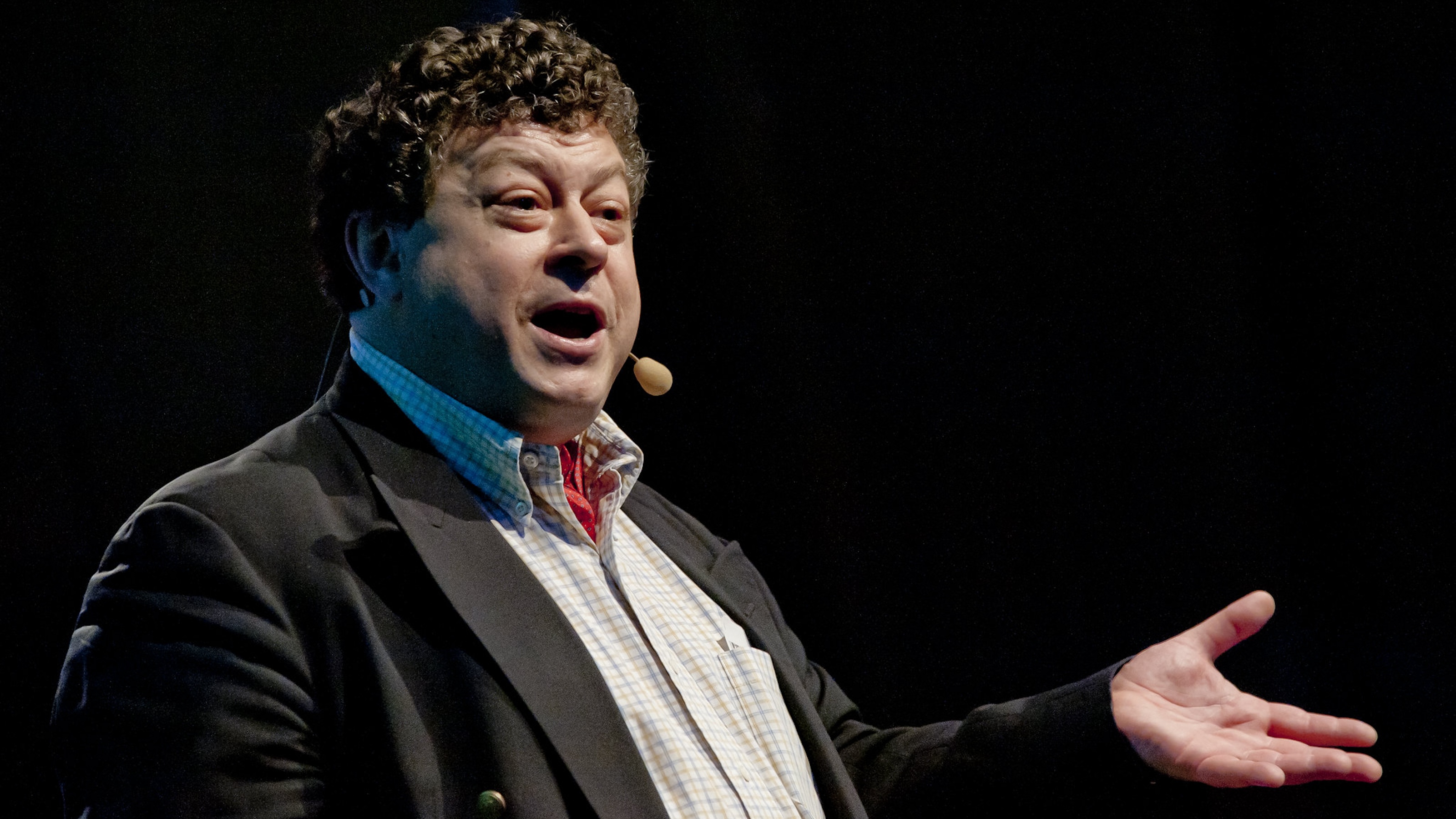Living with the Masai people of Tanzania convinced Donald Johanson that art first emerged from bodily decoration—which in turn emerged from the earliest human bonding rituals.
Question: At what point in the evolutionary timeline did humans develop creativity?
Donald Johanson: Yeah, well, everyone when asked that question or ponders that question immediately thinks of the beautiful caves in southwest France, the most famous of course being Lascaux, where you have beautiful polychrome paintings of animals on the walls and so on. Those are only 20,000 years old. The work that my colleague at the Institute of Human Origins is doing, Curtis Marean, in sites on the very southern tip of Africa, he is finding pieces of ochre that are engraved. There are no animal pictures them. They’re simple geometric designs, small pieces maybe four or five inches long. Ochre could certainly have been used, those little ochre pieces dipped in water and used as a stamp for example and maybe that identified those individuals as belonging to the same clan or the same group. There is extensive discovery of ochre pencils and as we know one of the frequent minerals that is used to decorate… I was recently with the some Masai people in Southern Tanzania, and it was so interesting because I went to a wedding and they used this red earth to paint their faces, and here I appear, you know, looking very different and really feeling like the other, like the outsider, and one of the elderly women came up to me and started painting my face, and a number of things happened. The first thing that happened was I felt I was included, that I was part of them, that they had accepted me and I felt an intimacy with that person. You know how it is. We keep a distance from one another. We have this personal space around us. Decorating each other has a very interesting byproduct, which is developing social bonds, and the other thing was that I felt like I could participate and not just simply be an outside observer. I was there to do photography, but I felt like I was involved in that cultural ceremony of Masai marriage, and we find these 160,000-year-old, four times as old as Europe, implements of ochre that are clearly pencils, so people were decorating one another and themselves and probably mostly each other, because they didn’t have mirrors, so they were probably decorating one another and this was like in a broad sense like when you look at nonhuman primates that groom one another. It’s a way of developing and establishing social contact and social connectiveness and cohesiveness, so the earliest art really goes back to Southern Africa. We find… A little bit later we find pierced shells in the Serengeti. We find them in North Africa. We find them in the Middle East, so Europe wasn’t really the place where the creative explosion happened. It came along with us into Europe and developed over time to the point where you have the first impressionists 25,000 years ago. I think that is the first sense I had when I walked into Lascaux in the early 1980s was, wow, here was a whole age of Impressionism that preceded our age of Impressionism by 20,000 years.
Recorded on March 19, 2010
Interviewed by Austin Allen





